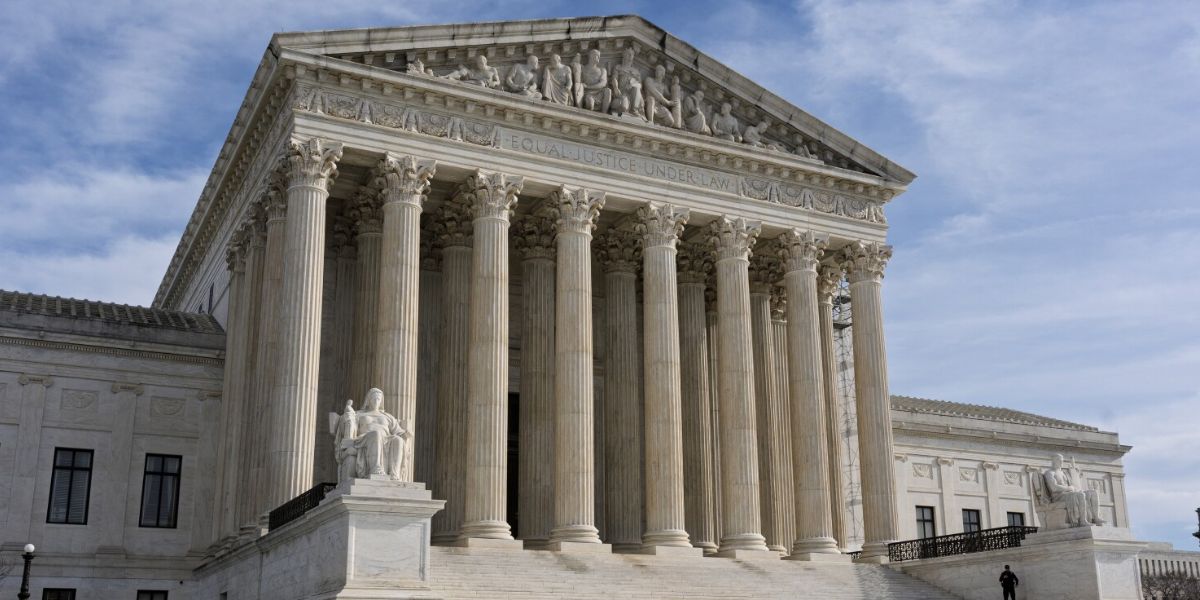The Supreme Court ruled unanimously Thursday in favor of a teenage girl with a rare form of epilepsy, which is anticipated to facilitate the lawsuits that families of children with disabilities bring against schools over educational access.
According to the girl’s family, her Minnesota school system failed to give sufficient instruction in the evening, when her seizures are less frequent, and failed to ensure that she has the disability accommodations she needs to study.
Despite concluding that the school had failed, lower courts rejected the family’s claim for damages. This is because, in contrast to other disability discrimination lawsuits, courts in that region of the country needed plaintiffs to demonstrate that schools had acted in “bad faith or gross misjudgment.”
Even if administrators are acting in good faith, the district, Osseo Area Schools, stated that lowering the legal requirement could expose the nation’s understaffed public schools to additional lawsuits if their efforts fall short.
The family filed an appeal with the Supreme Court, which ruled that cases involving schools ought to be subject to the same standards as other claims of handicap discrimination.
Parents and children with impairments “face daunting challenges on a daily basis.” Chief Justice John Roberts stated for the court, “We hold today that those challenges do not include having to satisfy a more stringent standard of proof than other plaintiffs.”
Late in the appeals process, the district argued that all claims regarding accommodations for people with disabilities should be held to the same higher standard.
The court rejected this argument, which the girl’s attorneys said would have been a “five-alarm fire” for the disability rights community.
In a separate letter, Justice Clarence Thomas and Justice Brett Kavanaugh stated that, while he did not specify whether they would prevail, he would be open to considering their arguments in the future.
Read Also: Trump Signs Order Blocking California’s Ban on Gas-Powered Car Sales
However, Justice Ketanji Brown Jackson and Justice Sonia Sotomayor had a different perspective. Adopting those higher criteria more widely would “eviscerate the core” of disability discrimination statutes, according to Sotomayor’s second concurrence.
Roman Martinez, the girl’s lawyer from Latham & Watkins, hailed Thursday’s decision as a victory for the family and “children with disabilities which face discrimination in schools nationwide. It will help protect the reasonable accommodations needed to ensure equal opportunity for all.”



